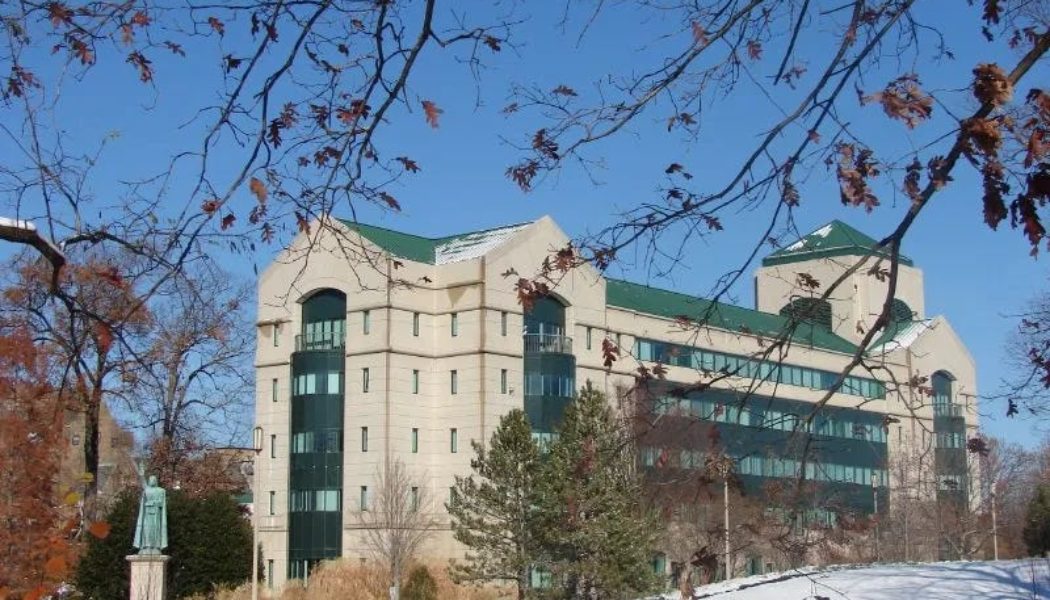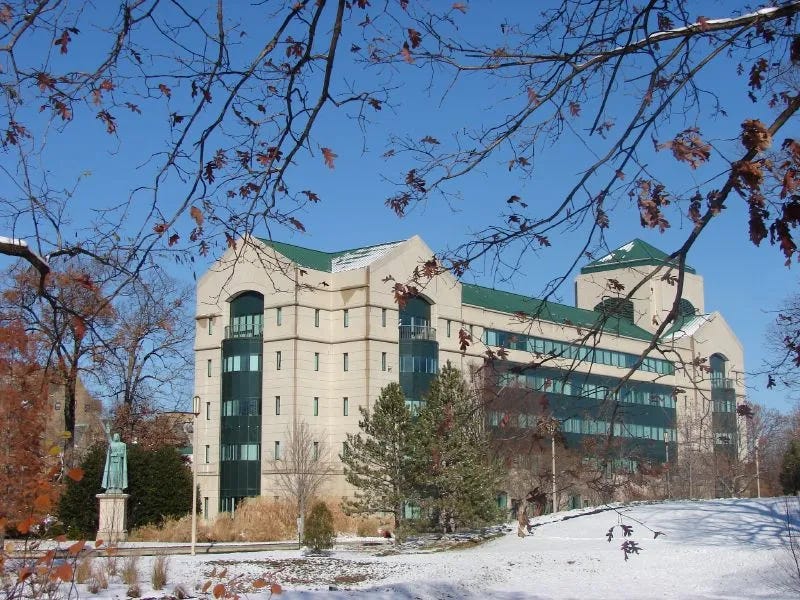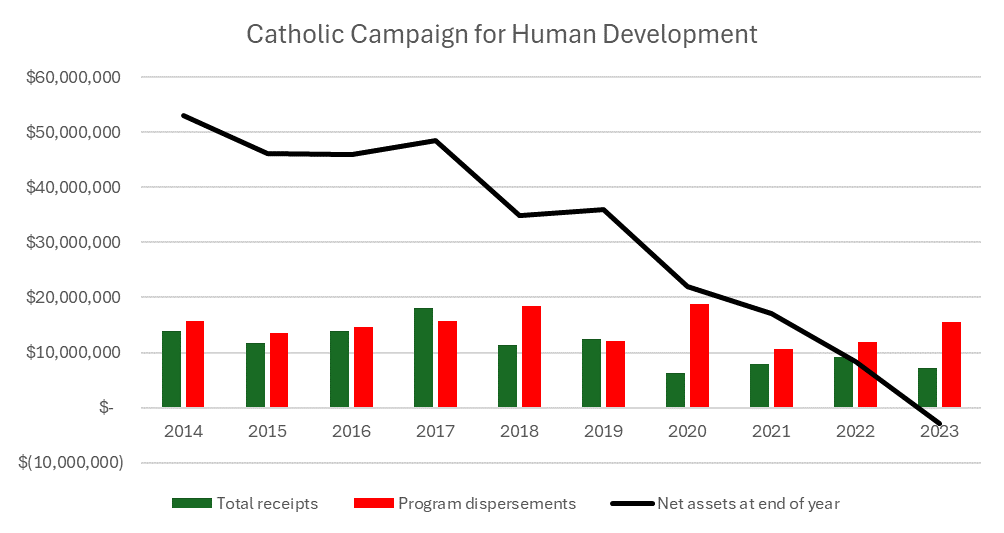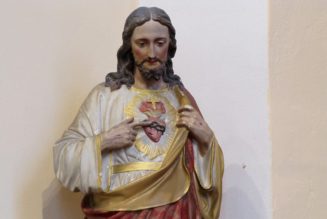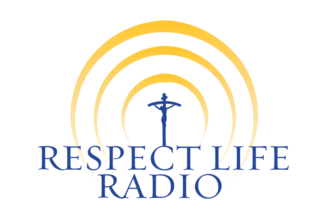The USCCB has released its audited financial statements for 2023, potentially shedding additional light on the recent administration of the CCHD, an anti-poverty program administered by the bishops conference which has at times attracted controversy.
Founded in 1969, the Catholic Campaign for Human Development (CCHD) is a program based on an annual national collection administered by the U.S. bishops. Of the money collected, 25% is retained by the dioceses where it is collected, and dispersed to fund local poverty alleviation projects. The remaining 75% is distributed through grants – typically ranging from $40,000 to $75,000 – by the CCHD, to organizations which seek to reduce poverty through community organizing or action.
As The Pillar reported at the time, Ralph McCloud, who had served as director of the CCHD since 2008, resigned in April of this year. A source close to the conference told The Pillar, “CCHD is in a difficult situation, because it’s been giving out more in grants than it takes in. It’s becoming clear that’s not sustainable.”
A Pillar analysis prior to the June USCCB meeting found that according to USCCB financial statements, the CCHD had dispersed more than it had taken in for seven of the last nine years. As a result, the total assets of the campaign had been drawn down from $58 million at the end of 2013 to $8 million at the end of 2022.
The most recent set of audited financial statements is particularly illuminating because it shows the financial performance of the CCHD during the last full year of McCloud’s leadership – performance that would already have been available (in provisional, un-audited form) to McCloud and the USCCB leadership at the time of his resignation in April of 2024.
These latest financial reports show that in the last year before McCloud’s resignation and the USCCB’s review, the CCHD accelerated its spending even as the collection contributions decreased. In 2023 the program spent more than twice what it brought in, and $2.8 million more than its total assets.
The new data suggests either extreme over-spending by the program leadership, or a conscious decision to spend all funds donated under the CCHD’s old mission before making a significant change of direction.
The CCHD national collection in 2023 received $7.3 million in contributions, a significant decrease from the $8.2 million collected in 2022. Although the 2023 collection was still larger than in 2020-2021, it shows the collection leveling off at a lower annual rate than than $10 million per year which it averaged from 2014 to 2019.
However, despite this decreased level of collections, the CCHD increased the total number of grants and donations it dispersed in 2023 by $3.6 million vs 2022, giving a total of $15.6 million to community organizations.
By dispersing more than twice as much money as it took in during 2023, the CCHD depleted its total assets from $8.4 million at the end of 2022 to a negative value of ($2.8) million at the end of 2023.
This marks the end of a 10-year stretch in which the CCHD depleted its assets from $58 million at the end of 2013 to ($2.8) million at the end of last year.
While one commentator declared his concern at the time of the USCCB’s June meeting that the bishops might be “balancing the bishops’ conference budget on the backs of its anti-poverty program” and thus “giving Pope Francis the middle finger,” it is now clear from the USCCB’s audited financials that by the time of that June 2024 meeting, the CCHD had already dispersed $35 million more than it had taken in over the prior 10 years and drawn on general USCCB assets to reach a net asset value nearly 3 million dollars to the negative.
The USCCB is currently conducting a review of the CCHD in order to determine its future. As of now, the CCHD website has an announcement stating, “Pre-applications for the CCHD Community and Economic Development Grant programs will not be opening as usual this year. We appreciate your patience and understanding as we work through internal adjustments. Further details regarding the upcoming grant process will be available soon.”
There are multiple possible interpretations of the data available about the CCHD’s finances.
If the leadership of the program had not been specifically directed to spend down all program assets, the trend of the last several years, ending with dispersing more than twice as much as the collection took in during 2023 and ending almost three million in the red, would be a spectacular example of mis-management which would require a change in leadership. If unintended, this would be not so much the financial equivalent of a fender bender as actively accelerating into a wall.
However, given that the depletion of resources was a clear multi-year trend, and that 2023’s spend down must have been very obvious to leadership of the program and of the USCCB, it is entirely possible that this represents a premeditated end to this phase of the bishops’ flagship poverty program.
If the bishops already had it in mind to revamp the program, perhaps with other priorities, it might have seemed appropriate to spend down all of the assets which had been donated to the program under its original mission. This would leave the bishops free to launch an appeal with a different focus, perhaps one aimed at supporting Catholic community organizations or one dealing with direct poverty alleviation. It would also be entirely natural that leaders of the prior approach might choose such a juncture to resign or retire.
A third possibility, midway between these two, is that the leaders of the program had been directed to spend down its total assets prior to a change, but that the final flurry of spending, ending with a negative asset value of nearly 3 million, represented a financial overshoot which was not desired. If that were the case, the excess spending (whether accidental or intentional) might have been seen as necessitating a change in leadership.
It is not possible from the data available to know whether one of these scenarios or some other explains the financial facts about the CCHD. However, what is clear is that those leading the program during 2022-2023 must have known they were reaching a financial end point. It does not seem possible that a program could repeatedly spend significantly more than it brought in, and deplete its assets down to less than zero, without the leadership realizing what they were doing.
Whatever the future may hold for the CCHD, it is clear that the past is now a closed book. The old leadership team completely depleted the program’s assets. In doing so, they drew a clear line between the bishops’ poverty program begun in 1969 and whatever comes after. All of the money given to the old program has been spent (and more), and whatever comes next will be a new beginning.
Comments 7
Services Marketplace – Listings, Bookings & Reviews
